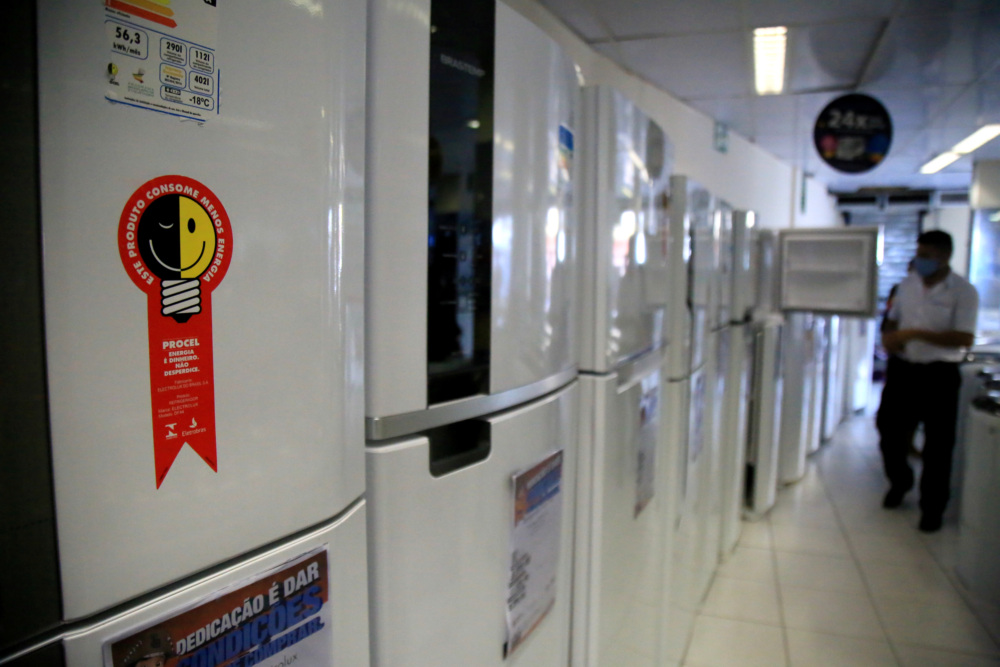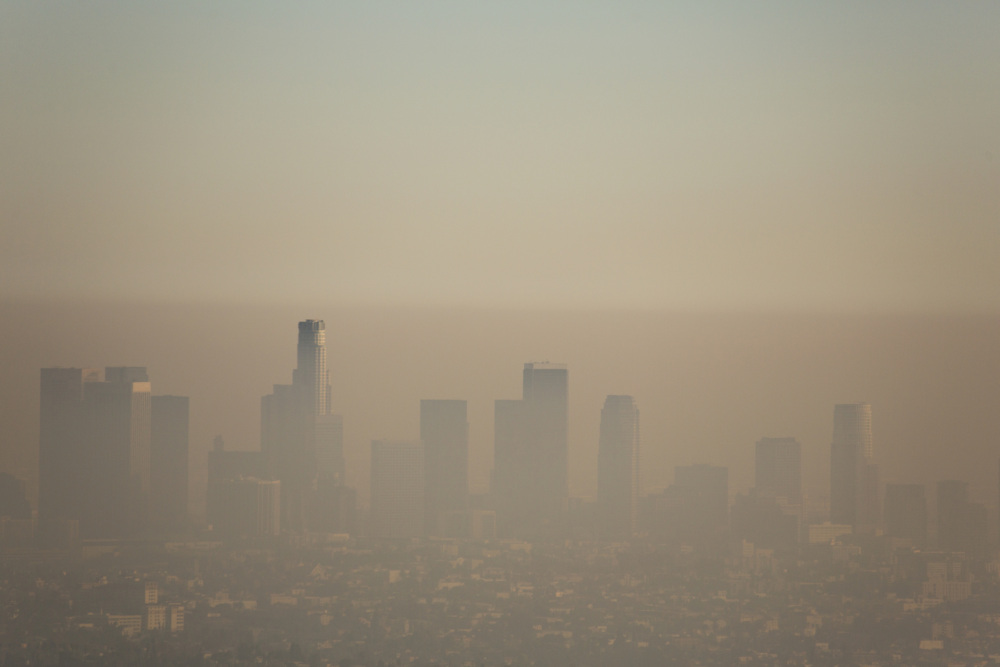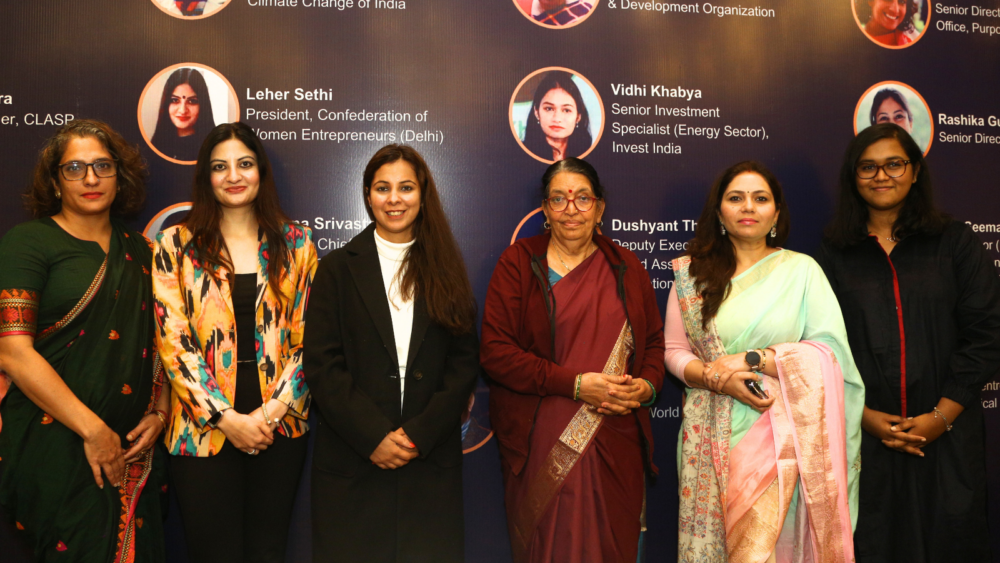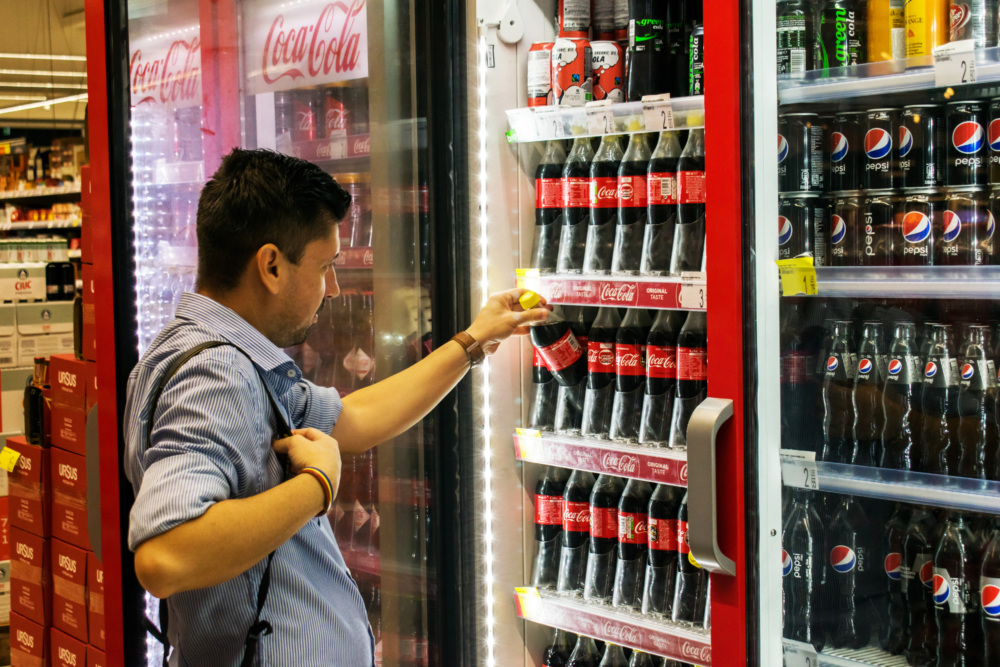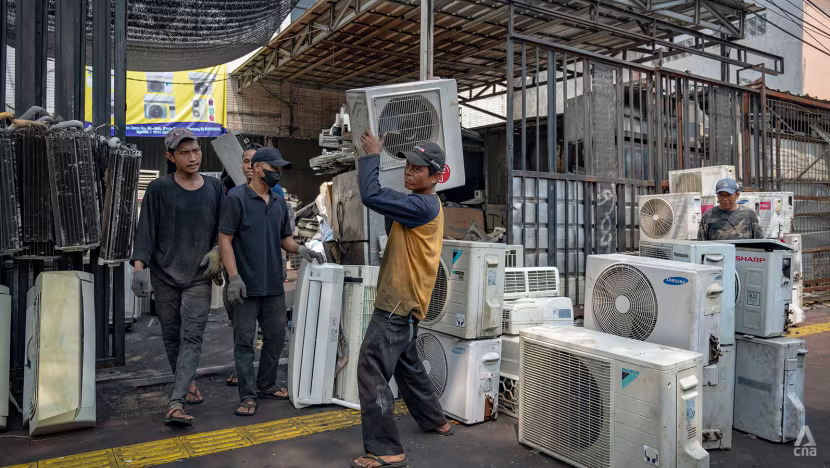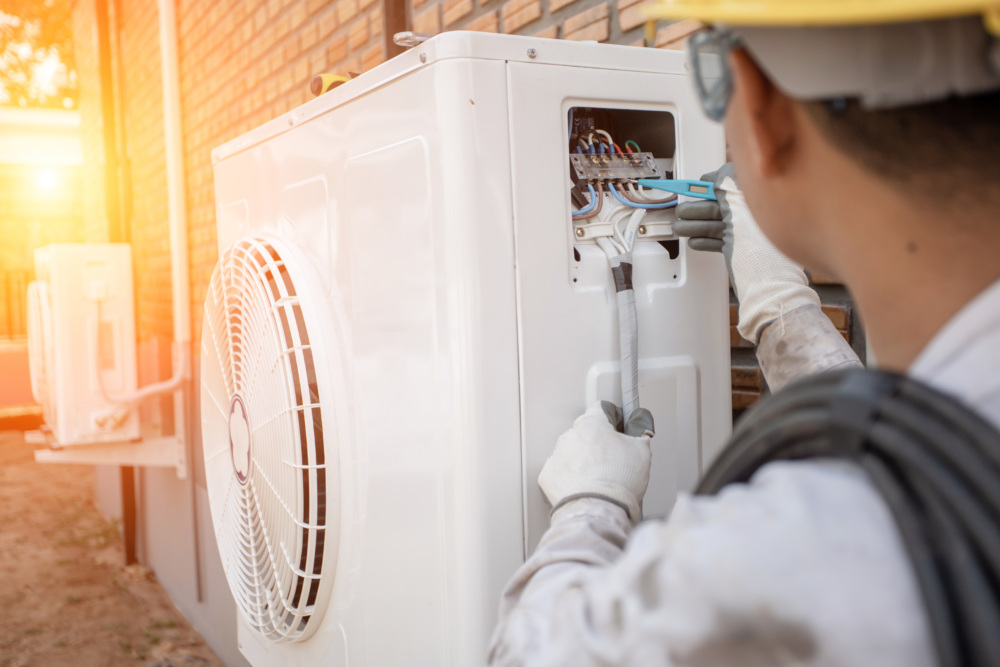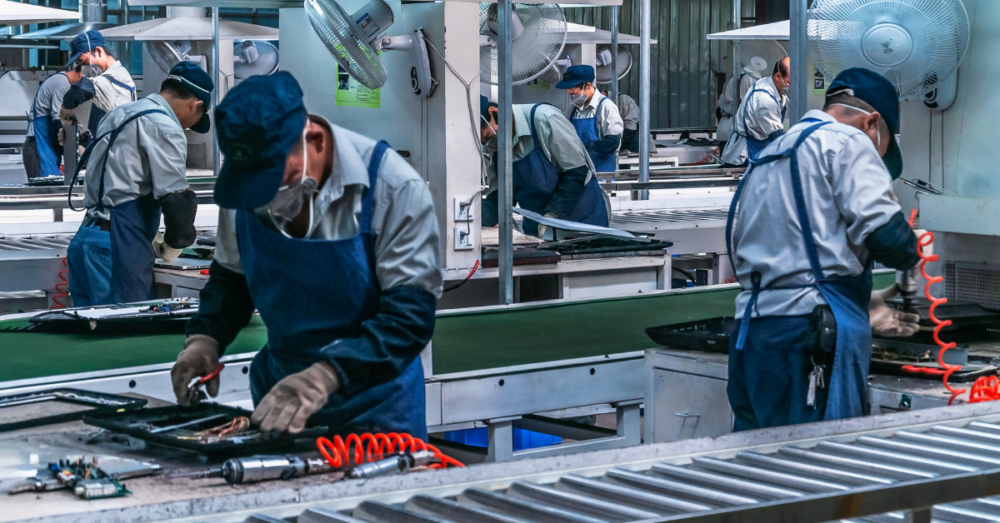New Analyses from CLASP Signal Potential for Water Efficiency Measures to Cut Water Waste & CO₂ Emissions
New CLASP research reveals the opportunity to reduce water consumption while avoiding associated carbon emissions from water heating through water efficiency policies for showerheads and faucets. The reports assess the world’s top carbon-emitting economies and identify three major countries where new or revised policies would have the greatest impact.
Seventeen countries that are home to one-fourth of the world’s population are under extremely high water stress, and the climate crisis compounds the problem. Although water is not an explicit component of the Paris Agreement, the United Nations notes that it is “an essential component of nearly all the mitigation and adaptation strategies.”
New CLASP research reveals the opportunity to reduce water consumption while avoiding associated carbon emissions from water heating through water efficiency policies for showerheads and faucets. The reports assess the world’s top carbon-emitting economies and identify three major countries where new or revised policies would have the greatest impact.
Water efficiency policies dramatically reduce hot water demand, thereby reducing the energy required for water heating. In the United States, water heating accounted for 14% of residential electricity use in 2018, just 3% lower than the electricity used for air conditioning. The expected carbon emissions reductions from faucets and showerheads alone are eight times greater than those from all other water-consuming products combined.
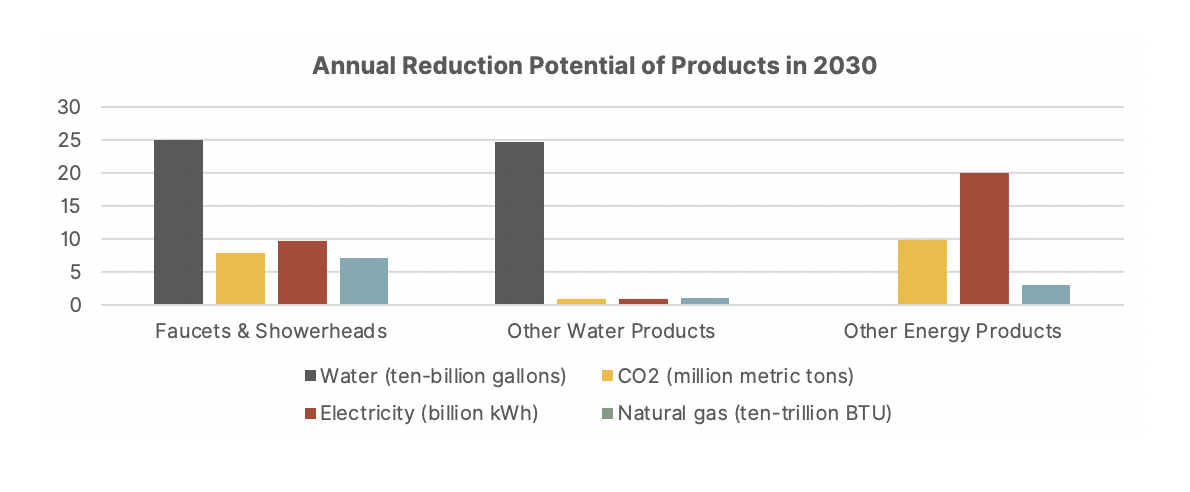
Global Scoping Study
Over the past year, CLASP assessed the viability of introducing water efficiency policies in the world’s top-18 carbon-emitting economies in the appliances sector, focusing specifically on policies for faucets and showerheads. CLASP ranked each country by the relative urgency and potential for impactful policies based on factors such as hot water consumption, pressure on water resources, and projected population increases. CLASP also assessed the viability of successfully implementing water efficiency policies, based on prerequisites such as existing water or efficiency policies.
The study found 13 economies with the potential for high impact from new or updated policies. They are China, the US, India, Brazil, the European Union, Indonesia, Australia, South Africa, Republic of Korea, Thailand, Mexico, Pakistan, Turkey. Read the Global Scoping study.
After further consideration of the existing policy environments, CLASP prioritized three countries for in-depth assessments: India, Brazil, and South Africa.
India
In India, only 58% of households have access to piped water in the dwelling and the government predicts that annual average water availability per capita will decline 13% between 2011 and 2025. The ongoing water crisis, compounded by rapid population growth and competing water uses, would benefit from water efficiency.
A draft national policy under development with the Bureau of Indian Standards would avoid 71 MT of CO2 emissions and reduce water consumption by 7 trillion liters annually.
South Africa
In South Africa, the world’s 14th largest emitter of greenhouse gases, an estimated 89% of households have access to water in the dwelling, on-site, or via a communal source. As a result of rapid population growth, the country will require 17% more water by 2030 than the quantity available today.
Water efficient faucets and showerheads present an opportunity to conserve natural resources and mitigate associated emissions from coal-based electricity generation. CLASP found that water efficiency policies could reduce South African water use by over 1 trillion liters per year, reducing energy consumption by 18 TWh per year and CO2 emissions by 16 MT per year.
Read the South Africa assessment.
Brazil
In Brazil, home to 20% of the world’s water supply, a large dependence on hydroelectricity has spurred water shortages and disparate household access. CLASP modeled the potential impacts from water efficiency policies, finding relatively small carbon reductions as just under half of all Brazilian households heat their water. Of those, 97% use electric showers, representing one immediate opportunity for water efficiency policy intervention. The report suggests that greater water conservation could be achieved by including cold water fixtures in water efficiency policies.


